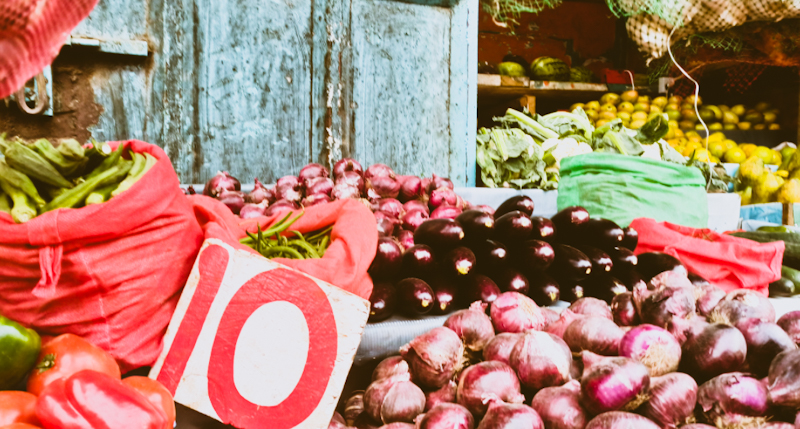Kenya’s monthly inflation experienced a slight increase of 0.1%, rising to 6.8% from 6.7% in August.
This rise was primarily due to the escalating costs of both food and non-food items.
According to the Consumer Price Index (CPI) and inflation rate data from the Kenya National Bureau of Statistics (KNBS), there was a noticeable increase in the prices of commodities related to transport, food and non-alcoholic beverages, and housing, water, electricity, gas, and other fuels.
From September 15 to October 14, 2023, fuel prices saw a significant hike with Super Petrol increasing by 8.7% to Kshs 211.6 per litre, Diesel by 11.8% to Kshs 200.6 per litre, and Kerosene by 19.4% to Kshs 202.6 per litre.
Food items like potatoes, cabbages, and kale also saw price increases of 18.4%, 7.4%, and 4.2% respectively. However, prices of maize flour-loose, maize flour-sifted, maize grain-loose, and wheat flour-white decreased by 6.7%, 6.0%, 5.4%, and 3.6% respectively during the same period.
Cytonn Investments attributes the high commodity prices in the country to the sustained depreciation of the Kenya Shilling, which has depreciated by 20.0% against the US dollar on a Year-To-Date (YTD) basis resulting in inflated import bills.
“As a result, manufacturers pass on the cost to consumers through hikes in consumer prices,” notes Cytonn Investments,” they note.
Despite these fluctuations, the overall headline inflation rate in Kenya remained within the Central Bank of Kenya’s (CBK) target range of 2.5% to 7.5% for the third consecutive month in September 2023.




